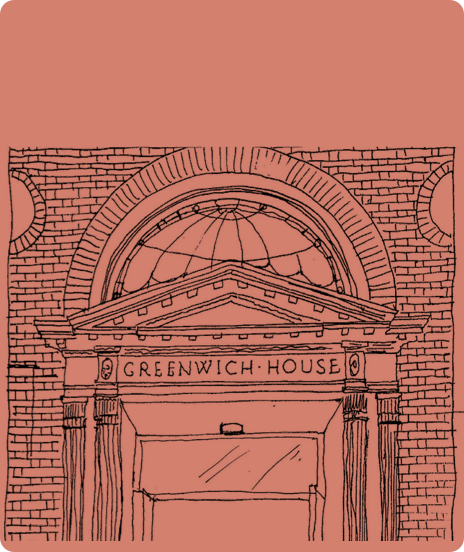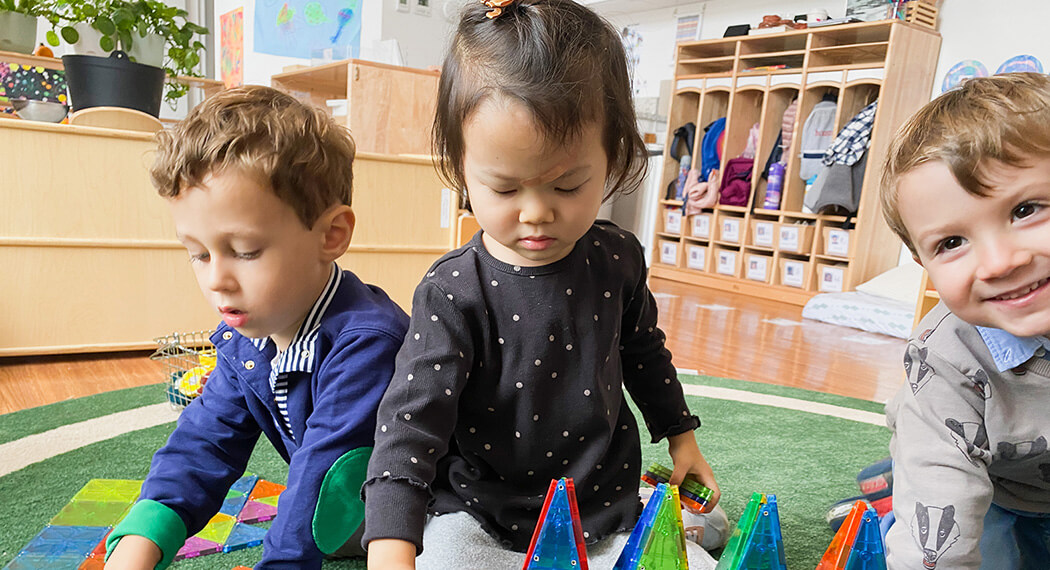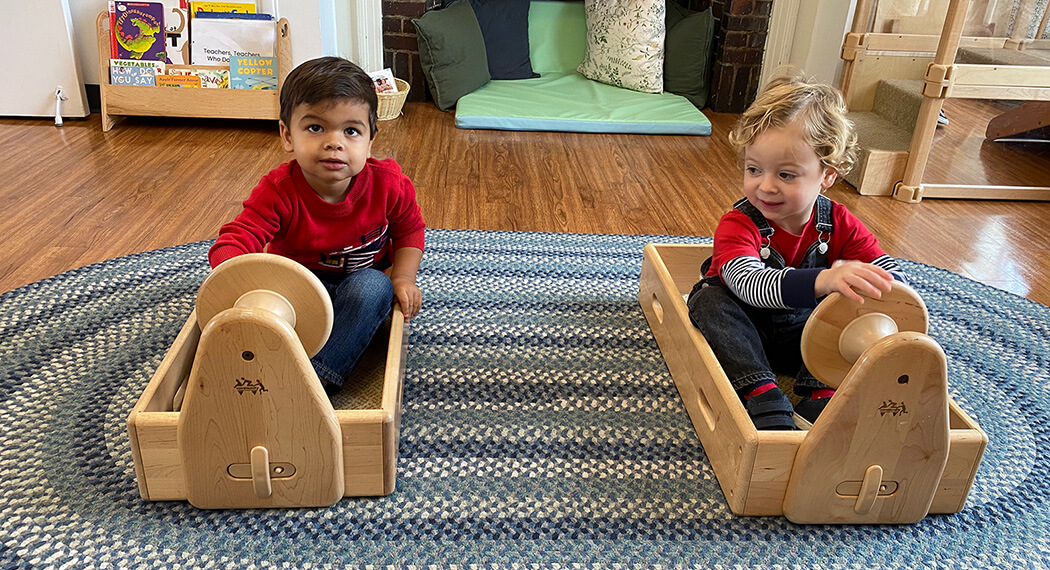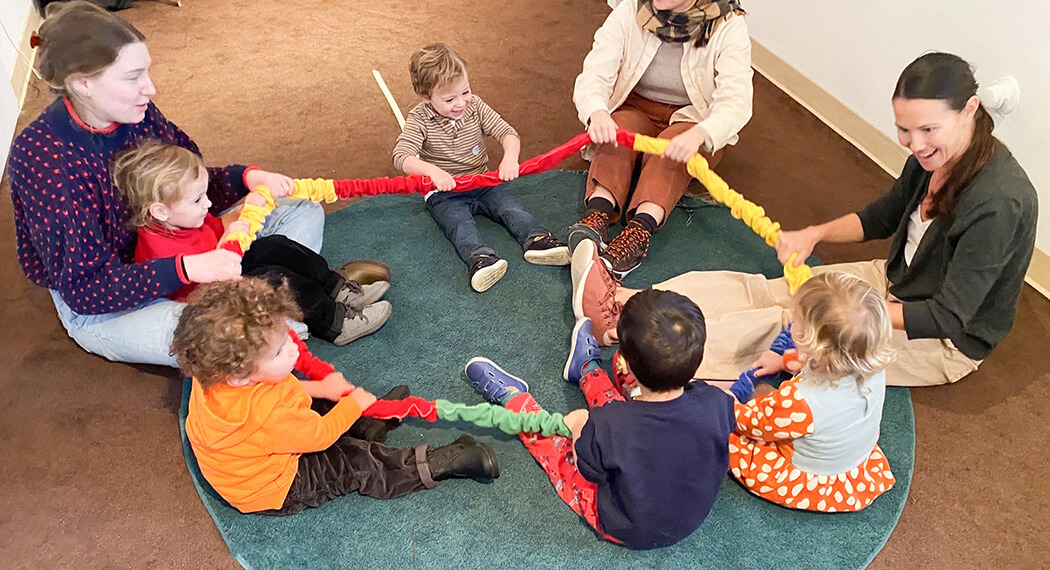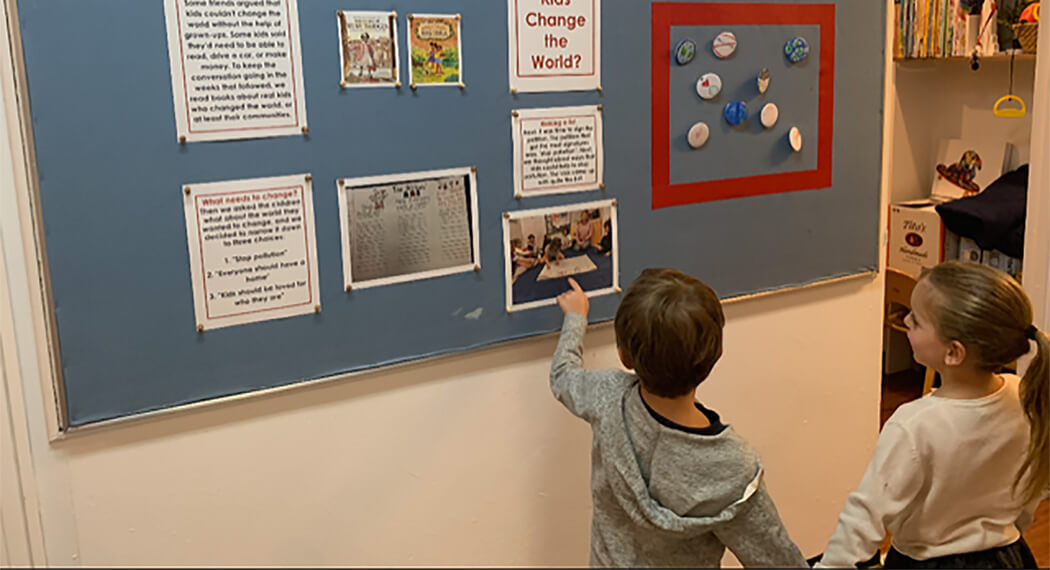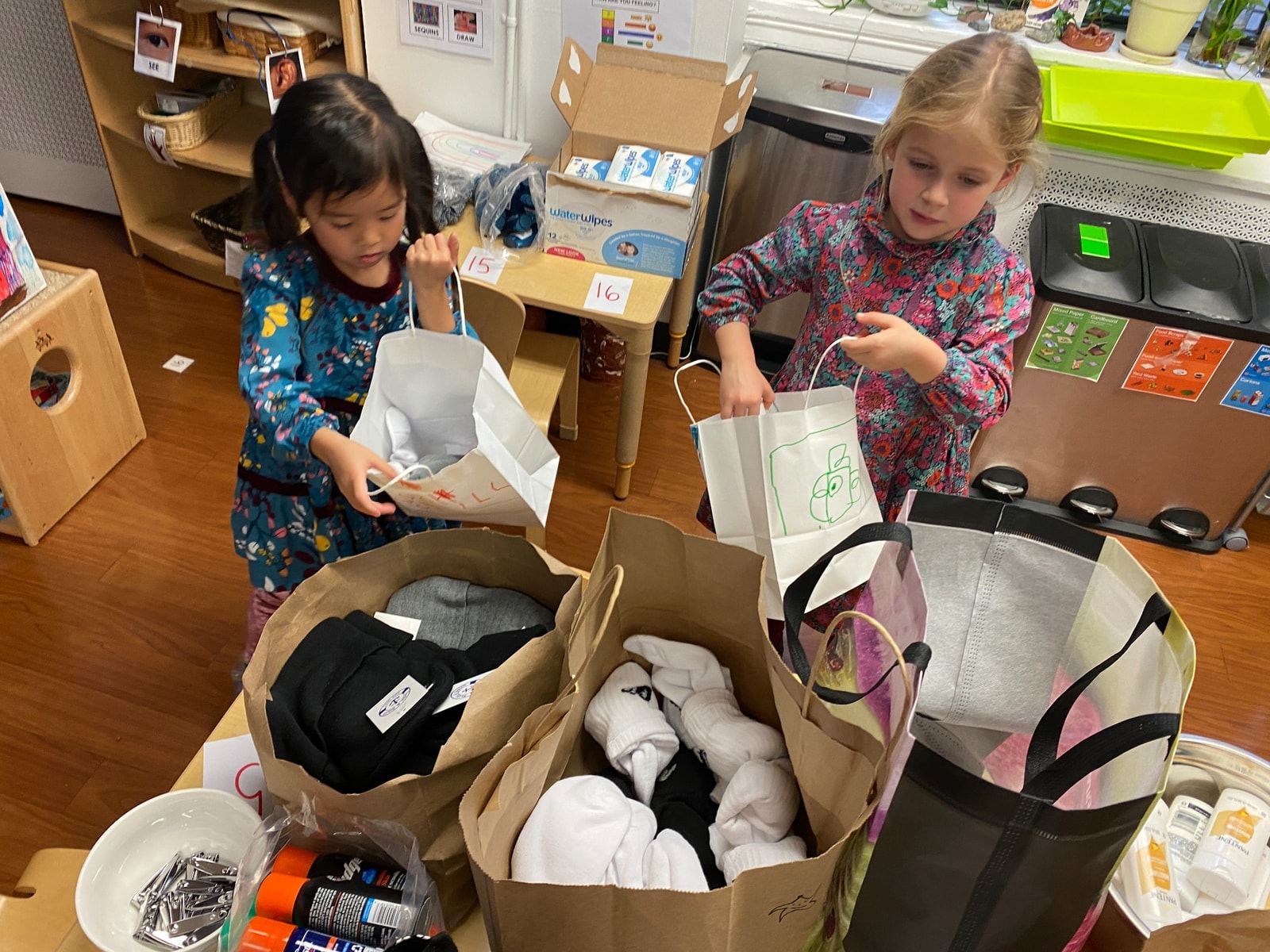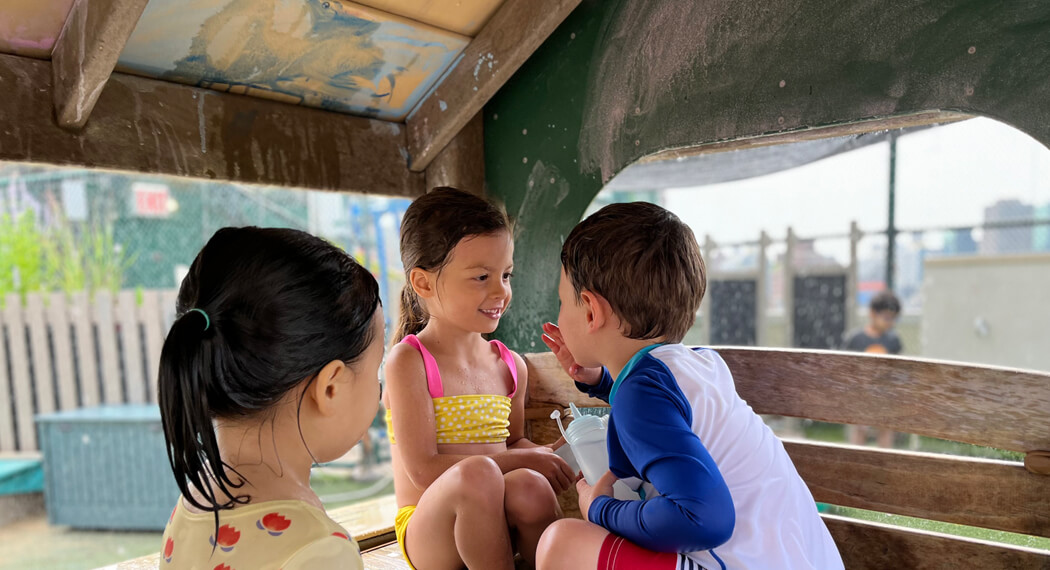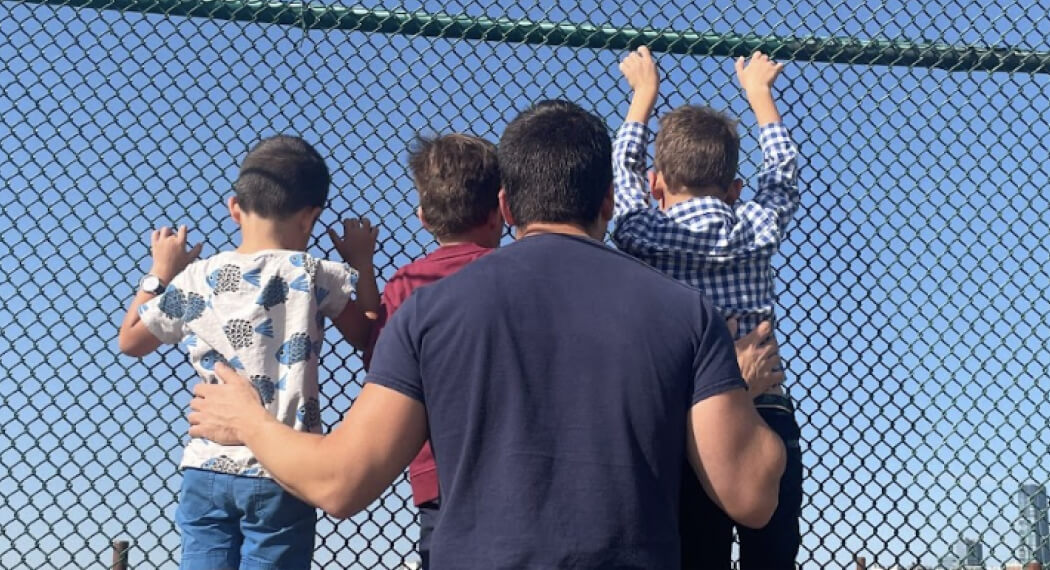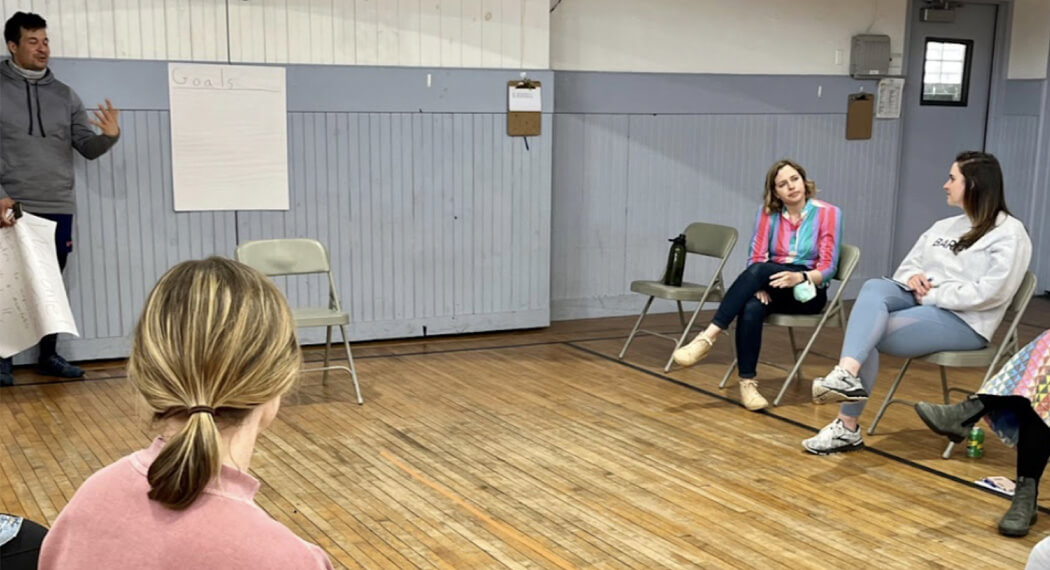Although I was a biologist in a former life, there’s nothing I enjoy exploring more with children than the physical world. I have always been curious about how (and why) things work. This week the PreK students worked with ramps and balls and had what one child labeled “the best day ever!” After answering the question “what is a ramp” the children were offered what we affectionately call swiss cheese boards (swiss ramp stands from Kodo Kids), PVC pipes and tubes, wooden slats, and various sizes, shapes, types of material, and weights of balls.
Can you answer the question: what is a ramp? The children offered a variety of explanations showing their understanding of the world around them in the process. They talked about something going up or going down. They mentioned how one part of a ramp has to be higher than the other (an incline!!). Someone brought up how ramps make triangle shapes with the ground. Another child mentioned how it is easier to go down a ramp than it is to go up a ramp. We talked about gravity, friction, force, and momentum.
The children made a connection between how their strollers and scooters go up the ramp from outside on the sidewalk into the lobby at BSNS. When asked why we would need a ramp at school, they spoke about wheels on strollers and scooters and how wheels move more easily on flat surfaces like a ramp instead of up “bumpy” surfaces like a stair.
Students also mentioned how ramps can have curled or spiral shapes like on a highway. One friend said this curled or spiral shape was so cars could move faster. Another student thought it would be easier to turn the car when it was a curled or spiral shape. Students also mentioned how ramps could be zig-zag when they are built to let people go over the top of roads or train tracks when they can’t walk on the roads or the tracks (pedestrian overpasses).
At Home
Remember, a ramp can be made from anything. Be creative. What do you have in your home? Suggestions: books, baking tins, pieces of cardboard, empty toilet paper tubes, strips of wood or plastic, legos, and magnatiles. Change the inclination and length of the ramps. Also, be inventive with your objects in motion – use various types of balls, toy vehicles, and anything else that rolls. Try to have your child move items down that ramp that aren’t circular/cylindrical or have wheels.

“ What happens? Why? Have your child think about and respond to those questions. Be patient. Give them time to come up with a response. Don’t just tell them the answer.”


